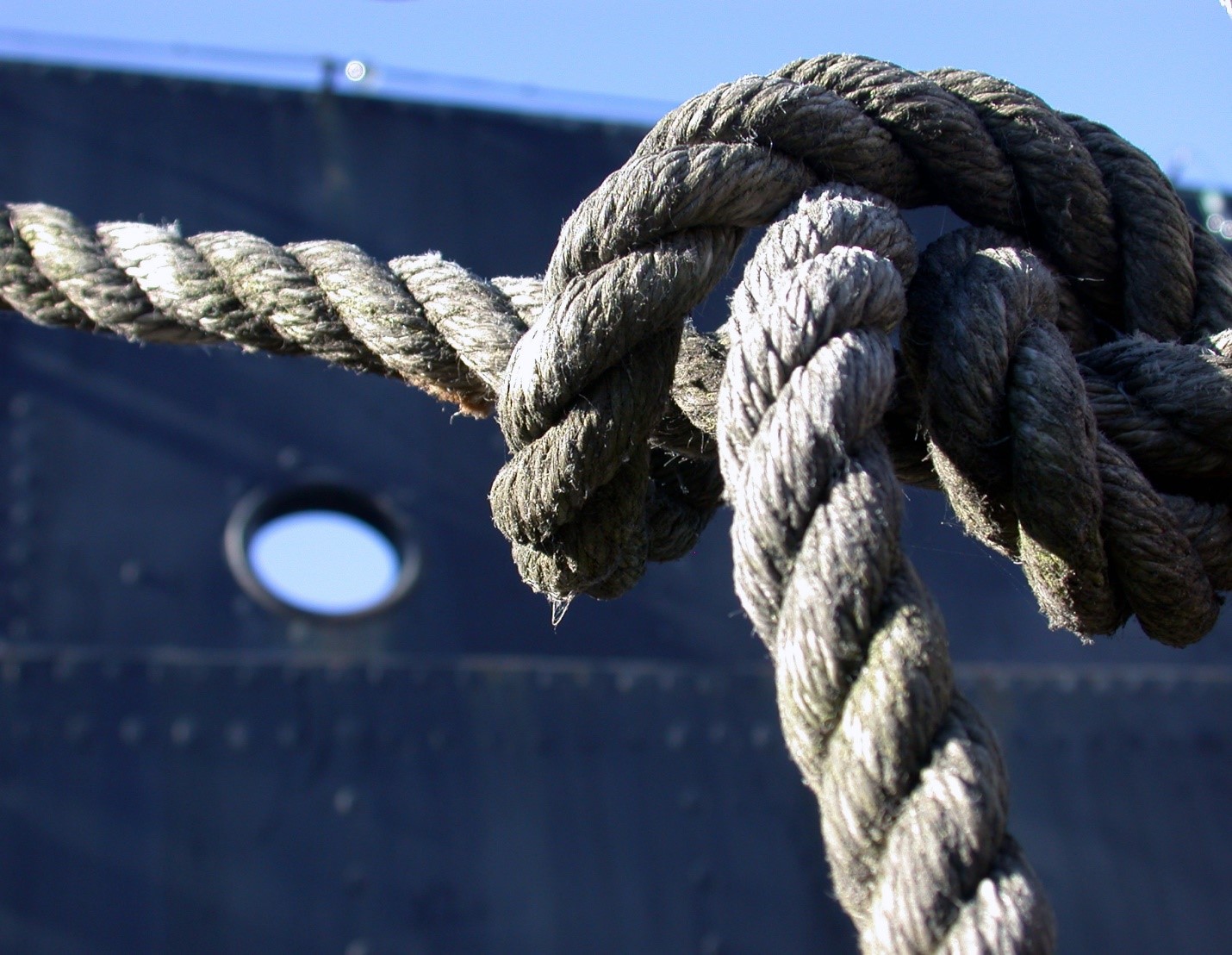Mooring Line Requirements in Panama Canal
- Vessels are required to have available for immediate use six (6) mooring lines forward and six (6) aft in good conditions prior to commencing transit. The size and strength suitable for the vessel to dock, moor at a lock approach wall or secure in a lock chamber are the vessel’s responsibility. The master shall inform the Boarding Officer whether or not the vessel complies with the above, so that he may advise Maritime Traffic Control Unit. Wire ropes and ropes composed of both wire and fiber or filaments, are not acceptable for Canal operations and shall not be used.
- For Panamax vessels, four (4) of the mooring lines on the bow and four (4) of the mooring lines on the stern shall be stowed in winch drums and ready to be used on either side of the vessel during the mooring procedure at the locks. For Neopanamax vessels, depending on the configuration of the mooring equipment, two (2) additional mooring lines stowed on winches fore and aft may be required. LNG/LPG tankers or novel design vessels may be determined to require additional lines be provided in winch drums. Wires in the drums are not acceptable and must be replaced with synthetic mooring lines before initiating the transit.
- Each line shall be at least 656 feet (200 m) and shall have an eye of at least 5 feet (1.50 m) spliced at its working end. These mooring lines shall be in good condition. Noncompliance with this requirement could result in transit delay. All Neopanamax vessels shall have these lines so arrange that they will be able to moor at Cocoli tie-up Stations, North or South. Mooring lines will be placed on the mooring buoys. Non-compliance of this requirement could result in delays.
- Mooring tails attached to the end of HMPE mooring lines are required in order to provide ease of handling as well as the necessary elasticity to absorb the usual dynamic loads generated during mooring and lockage operations. Tails must be properly matched and connected to the specific HMPE line with which they are going to work. The size, material and length of the mooring tails (pennants) shall comply with the requirements by the HMPE line manufacturer. The connecting method between the line and the mooring tail shall be of an adequate size, weight and configuration in order not to affect the ease of handling of the lines.
Some general notes for vessel operators and Masters:
- The use of wires for mooring ships has been prohibited since the Canal, in its inception, began its operations.
- The cables are used by the locomotives inside the locks and these cables are given by the same locomotives to the ship and not from the ship to the locomotives.
- The vessel must be ready to moor, if necessary, to the approach walls, to the mooring stations or to the mooring buoys and this has never been feasible with the use of cables.
- Worldwide speaking, the use of cable occurs in ports where there are winches for the collection of said cables which, due to their weight and difficult handling, make it almost impossible to handle only with the use of people, as is the case of the Panama Canal.
- In the case of buoys and single mooring buoys, the ship brings on board the cables that are previously tied to the buoys and it is not the ship that provides the cables.
- The use of wires for mooring ships has never been the traditional way of carrying out berthing maneuvers at the Panama Canal and in other words we have never made a pass out of the use of cables since this condition has never existed.
Certainly, the regulations have changed, but with respect to the length of the mooring ropes since, with the transit of Neopanamax vessels, we have had to expand the places where there are mooring buoys and increase the distances between the mooring buoys since the vessels of smaller size and length could not use them.
Many times, due to weather conditions such as rain, fog or deterioration of the itineraries, it is imperative that the vessels be moored at the approach walls, mooring stations, mooring buoys or even inside the locks without the use of the locomotive cables.
The Panama Canal is one of the most important trade routes and Crossroads in the world. On annual basis a revised Notice to Shipping is issued with view to inform the shipping community of the procedures and amplifications necessary to implement the Maritime Regulations for the Operation of the Panama Canal.
Non-compliance with Panama Canal rules and regulations may subject vessels to unnecessary delays or denial of transit.
For any further information or clarification, feel free to contact us.
At Cross Roads Agencies we have the expertise, quality and local knowledge to properly guide our principals and ensure the safest way to cross the continents.


